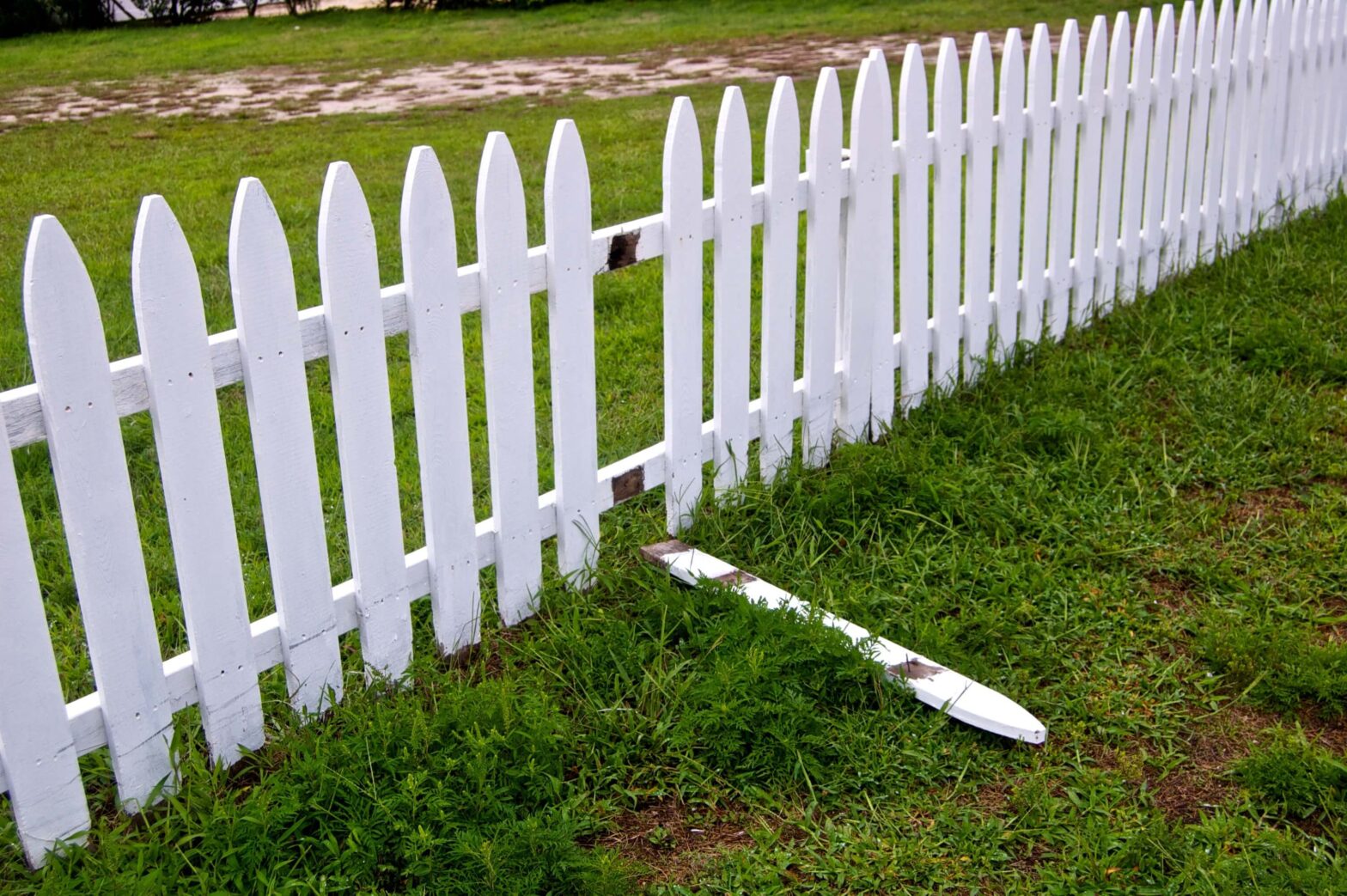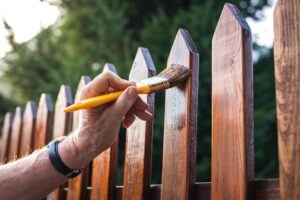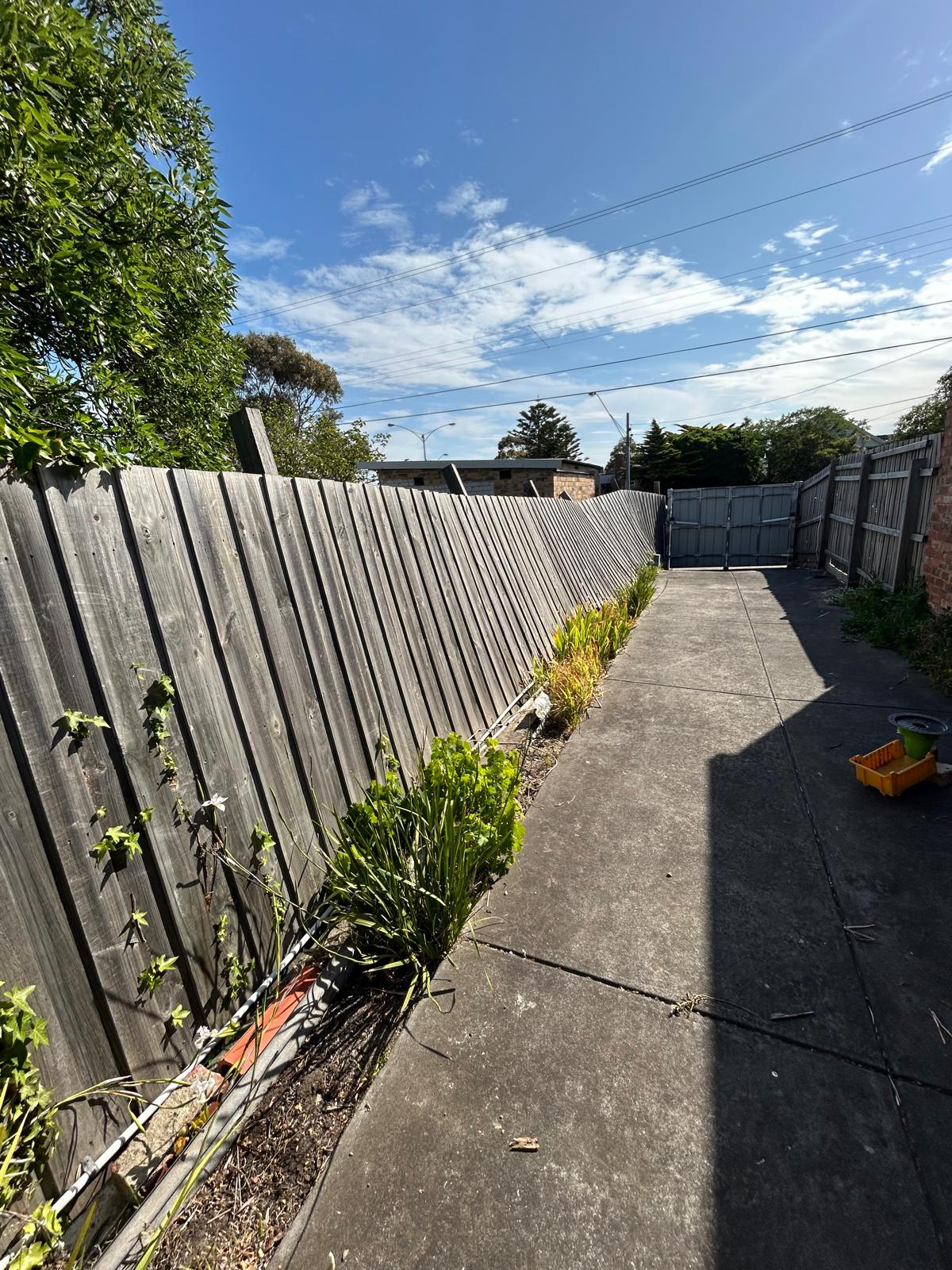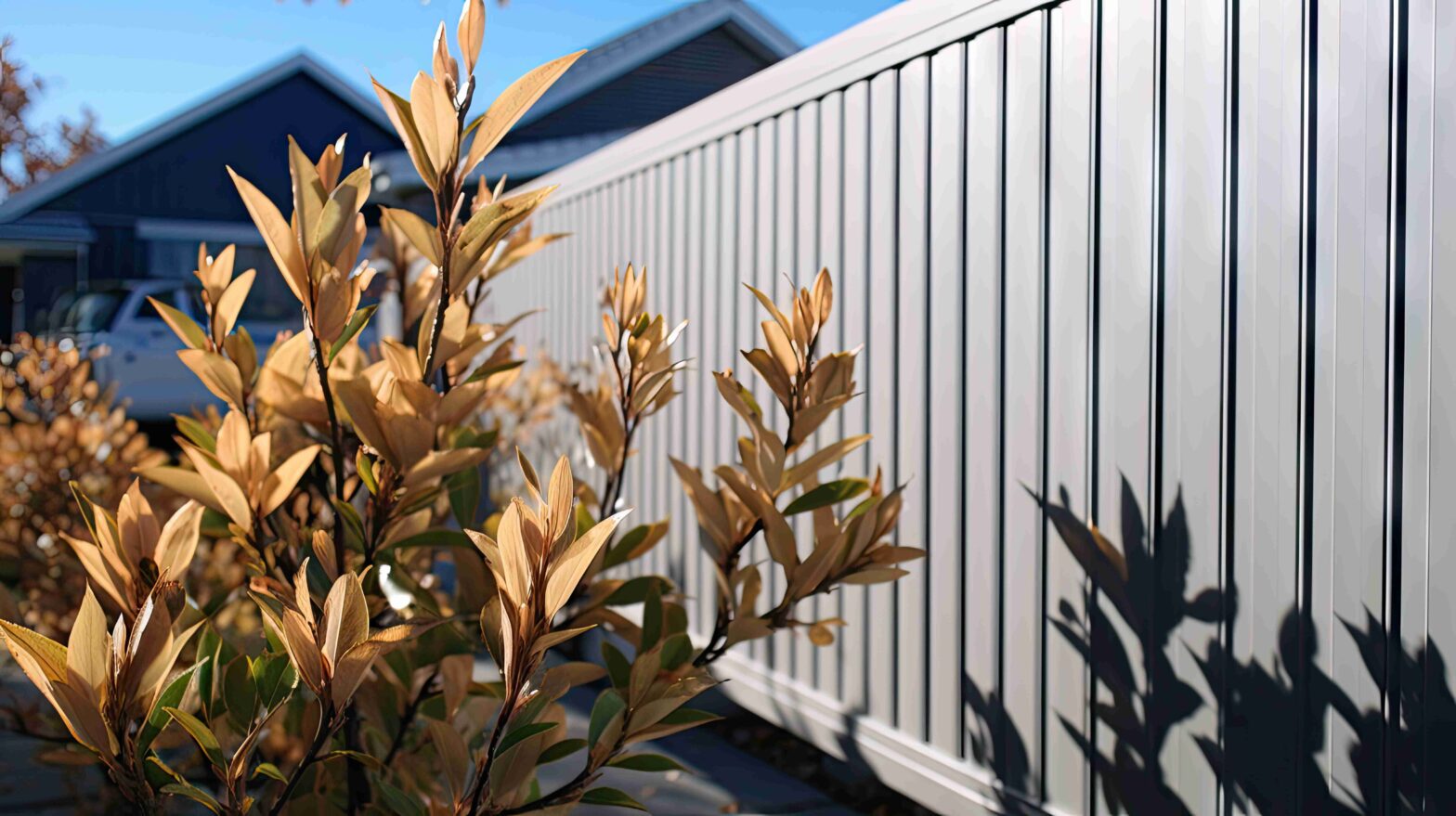How Long Does a Picket Fence Last?

Relative to other fencing options out there, picket fences sit at the low end of the longevity spectrum. Even when pressure-treated, timber isn’t as long-lasting as aluminium or steel and can be knocked down with less force.
That doesn’t mean they’re only good for a few years, though. Any well-designed and built wooden fence can last long enough for the next generation of a household to inherit it. It happens that picket fencing is at the low end of fences that can last for decades despite the abuse they take, namely from Australia’s insane climate.
On that note, when in the market for quality fencing, don’t be too quick to dismiss wooden fences. They’re more reliable and robust than their appearance suggests. To understand this, we have to get down into the weeds of the anatomy of a picket fence, and how you can make it stand the test of time as long as possible.
Factors Influencing Picket Fence Longevity
One caveat worth keeping in mind – especially when looking for wood fencing solutions – is that picket fences, as similar as they appear, aren’t made equal. Beyond the splash of classic white paint and layer of all-weather sealant are the things that make them distinct.
First and foremost is the type of timber used to make the pickets and the other parts. In a previous blog post, we discussed some of the most common timber used in the industry. The reason this is a factor is a little thing called the Janka Hardness Value (JHV).
The JHV is a widely accepted measure of a wood’s hardness, measured in pounds per foot (or Newtons if you don’t like using Imperial units). Determining this value entails pressing a 0.444-inch (1.128 cm) steel ball against a wood sample. The amount of force required to push the ball halfway through the wood is its JHV or simply hardness.
Naturally, the higher the JHV, the more resilient the timber fencing is against physical force. A good resource for looking up the timber’s hardness is The Wood Database. Here are a couple of examples, classified into either softwood or hardwood, with their respective hardness.
| SOFTWOOD | HARDWOOD | ||
| Timber | JHV (lbs/ft) | Timber | JHV (lbs/ft) |
| White Pine | 380 | Toona | 900 |
| Shortleaf Pine | 690 | Merbau | 1,840 |
| Red Spruce | 490 | English Oak | 1,120 |
| Australian Cypress | 1,360 | White Oak | 1,350 |
| Caribbean Pine | 1,110 | Sweetgum | 850 |
Notice how some softwoods have higher hardness values than some hardwoods. Although the terms refer to the softness or hardness of these fence materials to an extent, they refer more to their behaviour. A hardwood is a coniferous tree or one that bears cones or needles, whereas a softwood is a deciduous tree or one whose leaves fall off during a particular season, typically fall.
As hardwood trees have more time to grow their complex structure, they possess a longer lifespan than their softwood counterparts. Then again, timber producers work around this for softwoods through processes such as:
- Kiln-drying – bakes the timber in a climate-controlled chamber to remove moisture content, making it less susceptible to decay and mould growth
- Pressure treatment – infuses preservatives and fire retardants into the timber to make it inhospitable to wood-eating insects and less prone to catching fire
Some hardwoods undergo these processes, as their natural protective measures don’t cover all areas of the fence material. For example, a hardwood’s natural preservative can protect the heart while artificial ones can protect the outer edges from environmental factors.
The wood type and processing methods used matter in making a picket fence last due to its fence design. Unlike a privacy fence, a picket fence features gaps between the individual pickets. Every side of the picket is exposed to erratic environmental conditions, which is why it’s important to get the best quality timber.
Maintenance Tips to Extend the Life of Your Picket Fence

A picket fence, usually made from a natural material, offers a timeless and classic aesthetic appeal. It isn’t unusual for picket fences to last upwards of 20 or even 30 years. No matter the wood type you go for, any timber fence’s lifespan can be maximised with the right design choices and a bit of TLC. Here are a few maintenance tips to get started on.
Minimise Contact With The Soil
Whether or not kiln-dried and pressure-treated, timber can still suffer from decay if exposed to enough moisture. The most vulnerable area is the bottom of the picket where it’s closest to the soil (with the exception of the timber fence posts).
This problem can be largely avoided during construction by installing pickets with enough ground clearance. If their bottoms already show signs of rotting, consider cutting out the rotting parts to stop their spread. However, you might need to do this even to the unaffected pickets to maintain a uniform look.
Don’t forget to paint and reseal the newly-cut bottom to prevent renewed rotting.
Replace Broken Parts ASAP
One of the advantages of picket fences is that the pickets can be swapped out if repairing the damage is impractical. This approach is more cost-effective, as the task doesn’t require replacing an entire section of fencing.
Removing damaged pickets is as easy as wedging a pry bar between the picket and the connecting rail. Pry both sides of the picket for easier removal. Once it’s done, install the new fence in place (if necessary, cut it to size first).
Wash and Reseal Every Two to Three Years
Splashing water on your picket fence may be counterintuitive, but they accumulate dirt over time. Not only will it lead to discolouration, but it can also result in decay if the growth involves mould and mildew. You’d be right, though, as water and wood shouldn’t mix, which is why regular maintenance and cleaning must be done with proper care.
We advise washing the picket fence every two to three years, just in time for the all-weather sealant to wear off. If you don’t feel confident about doing the job yourself, contact a cleaning service that does wood fence cleaning. Grays Fences & Gates doesn’t offer such a service, but we’d be happy to refer you to someone that does.
Once the washing is complete, reseal the picket fence in fresh sealant to protect it from moisture and UV radiation.
Do an Annual Inspection
Prolonging the wood fence lifespan also involves detecting issues before they grow worse. Set aside one day in a year to inspect the entire length of your picket fence, down to the individual pickets. Consider also an inspection following a cyclone or really harsh weather conditions to be safe.
Keep up with the latest from Grays Fences & Gates
Subscribe to our blog and get latest news, inspiration, and resources delivered directly to your inbox.


